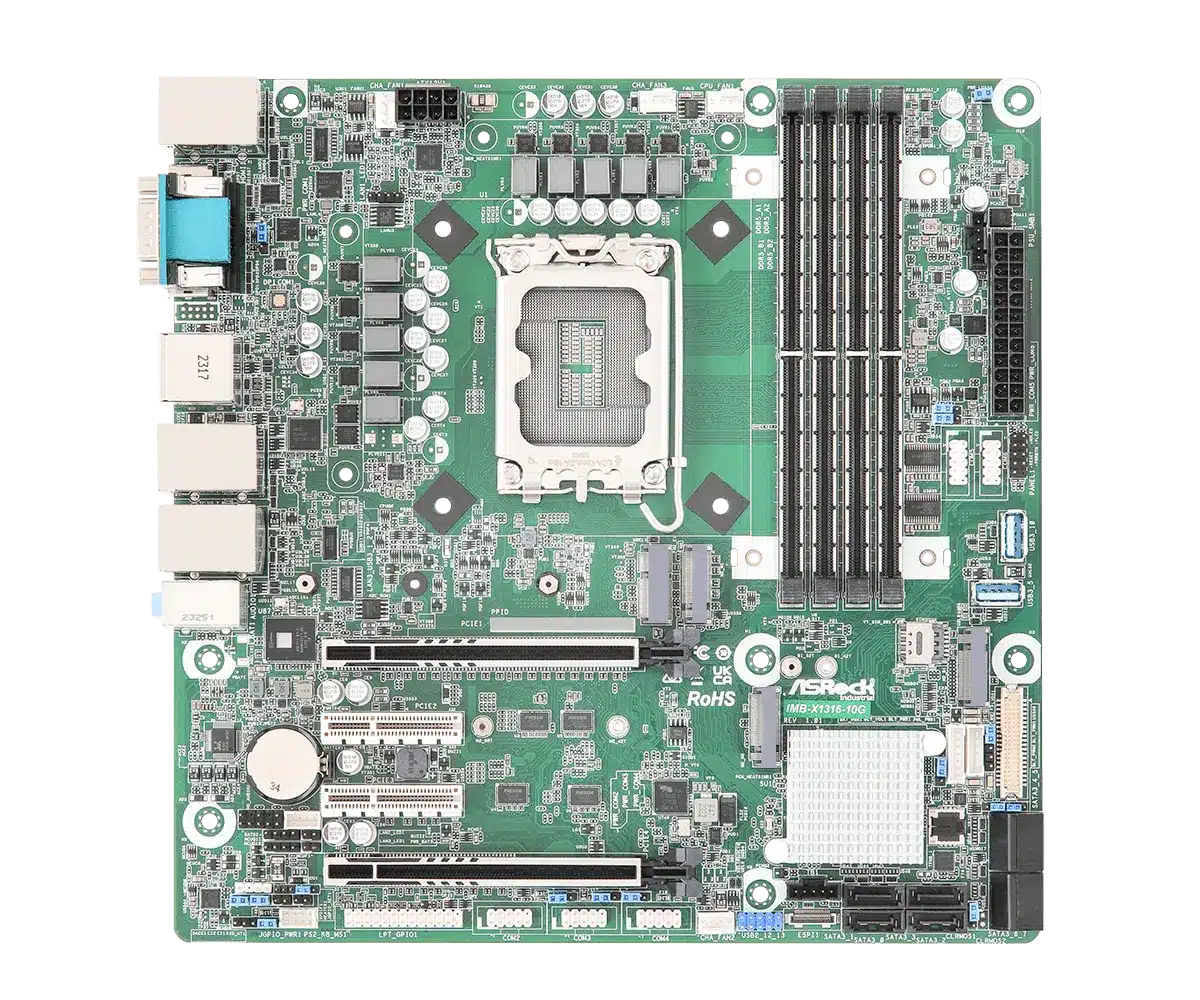
What Is FPGA (Field Programmable Gate Array)? How Does It Work?
Posted on April 19, 2024
Standard computers are frequently adapted into embedded systems, but some applications call for more specialized hardware. ASICs are an option, but FPGAs are a more flexible one. Here is a crash course into what they are.
Integrated Circuits: The Heart of Processing
ICs or Integrated Circuits are the building blocks of modern electronics, powering the logical processing of everything from military hardware to your smartphone. And as you might expect, all of these chips are not built the same way.
The CPU, for example, has a very different architecture from the GPU, even if they are both semiconductor chips. The graphics card is optimized for image processing (and other highly parallel processing like crypto mining or AI) while the CPU can handle most general processing workloads.
However, there are many applications that require simpler, specialized forms of processing. For these, different types of ICs are needed.
An Introduction to Application-Specific Integrated Circuits (ASIC)
For the most part, embedded computers are built on standard architecture, using enterprise versions of Intel or AMD processors and their corresponding chipsets. These products are flexible, powerful, and can fulfill a variety of commercial or industrial tasks. But there are many applications where such a board might be overkill, or even unoptimized. Many Industrial automation tasks require a specific type of low-level processing that is better fulfilled by a specialized IC.
And that’s exactly what an Application-Specific Integrated Circuit or ASIC is supposed to do. These chips are custom-built to meet the needs of highly specific applications, and can only be deployed in those tasks.
The Problems With ASICs
While ASICs are usually more efficient in their specific niches than a CPU, their extreme specialization can be a detriment too. Since an ASIC needs to be custom-built for an application, only massive bulk orders can afford to commission a chip like that.
Not to mention that these chips cannot be repurposed either, making them a very risky investment for most businesses.
The Solution: Field Programmable Gate Array (FPGA)
Ultimately, all ICs are made up of a large number of “logic gates”, which are combined in various ways to perform the computation needed for a specific type of operation. Of course, the chip also houses some memory blocks to hold the instructions and data being processed.
Now usually, this configuration of logic gates is baked into the very architecture of a chip and is not possible to alter in any way. This is why an ASIC (or even a CPU or a GPU) can only perform a set of predefined functions.
But an FPGA is different. Instead of locking the hardware into a particular layout, an FPGA chip is fabricated with multiple logic blocks, memory blocks, and interconnects, which can be configured as required. This configuration is specified using a low-level Hardware Description Language (HDL), making it a very flexible tool.
The Advantages of FPGA
An FPGA chip excels in every application that an ASIC is preferred for. This means things like industrial automation, military hardware, telecommunications, and even medical appliances.
Any application that requires specialized and low-power processing (which a CPU would be unsuitable for) is the perfect place to deploy an FPGA system. Unlike an ASIC which would incur enormous engineering costs to be customized to the specific application, an FPGA just needs to be programmed.
FPGAs are generally cheaper to manufacture as well, which further cuts down the costs involved in procuring them. Not to mention the ability to be easily repurposed into another application if required, giving incredible value for your investment.
Are FPGAs Worth It?
FPGAs have long been used for prototyping to finalize designs that an ASIC could ultimately be built on. But nowadays, FPGAs have started competing directly with ASICs even in terms of performance.
It is now possible to deploy FPGAs in all sorts of rugged scenarios, sometimes even in tandem with a standard embedded processor. Global American’s BMP3016, for example, uses an FPGA chip for 4K video processing for its medical box PC. This lets it perform perfectly in imaging applications without a discrete graphics card, keeping the power costs and thus heating low.
